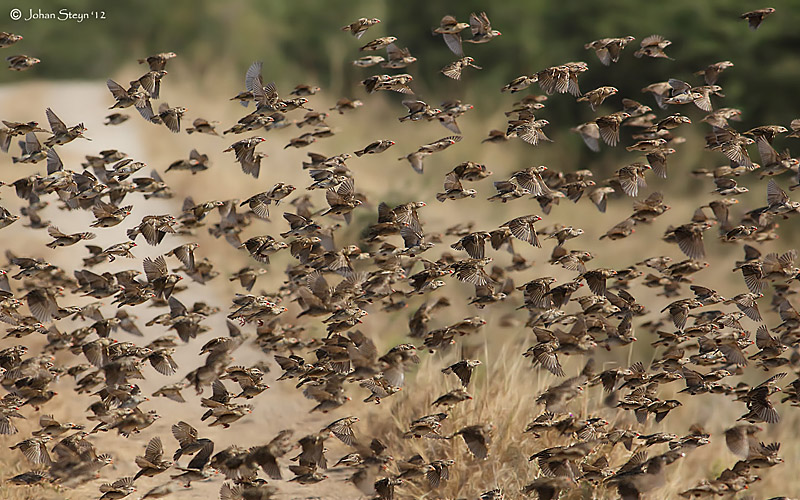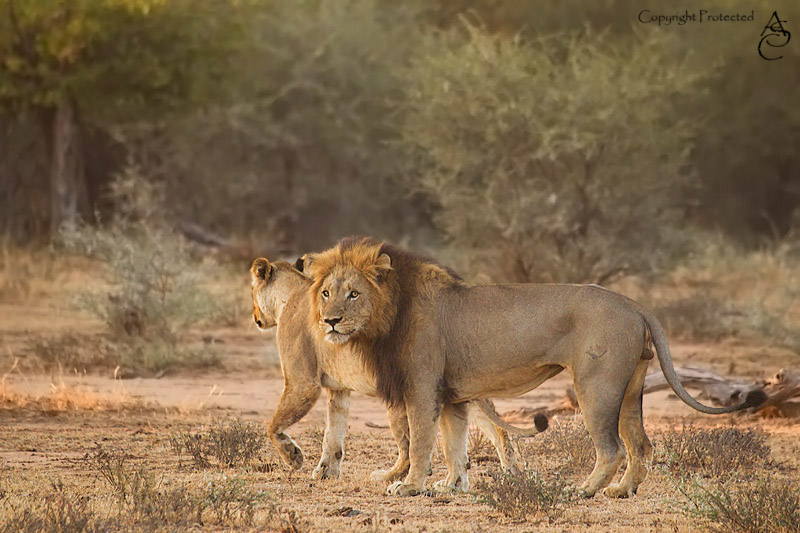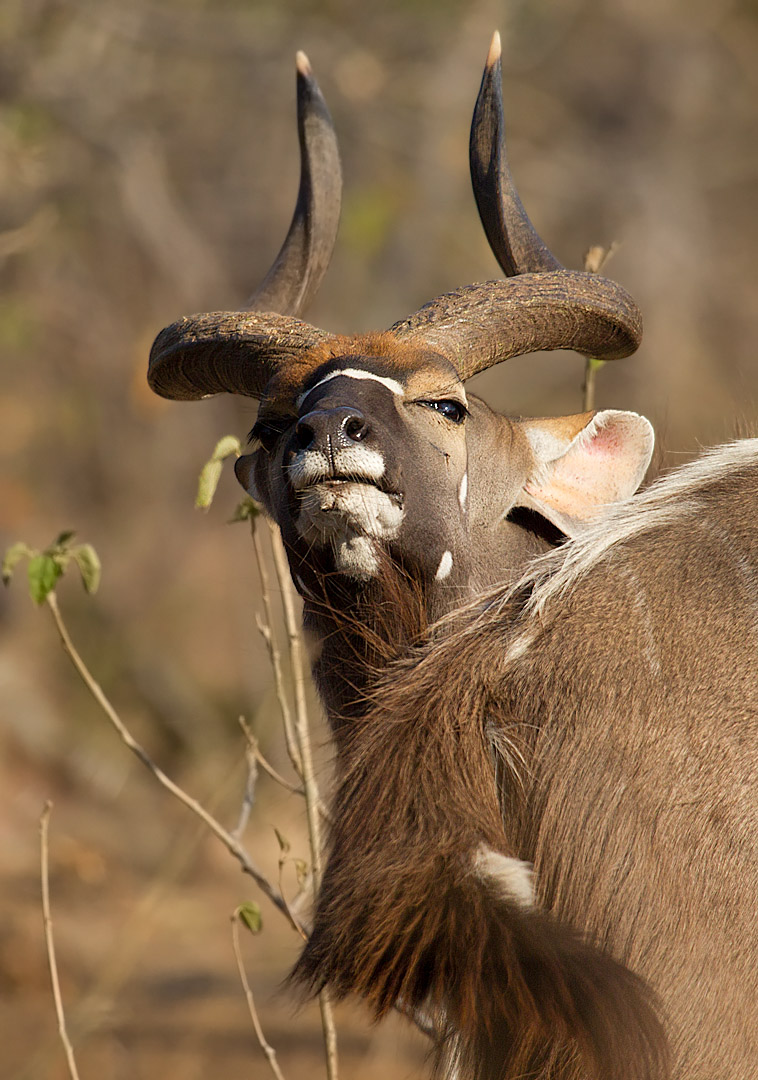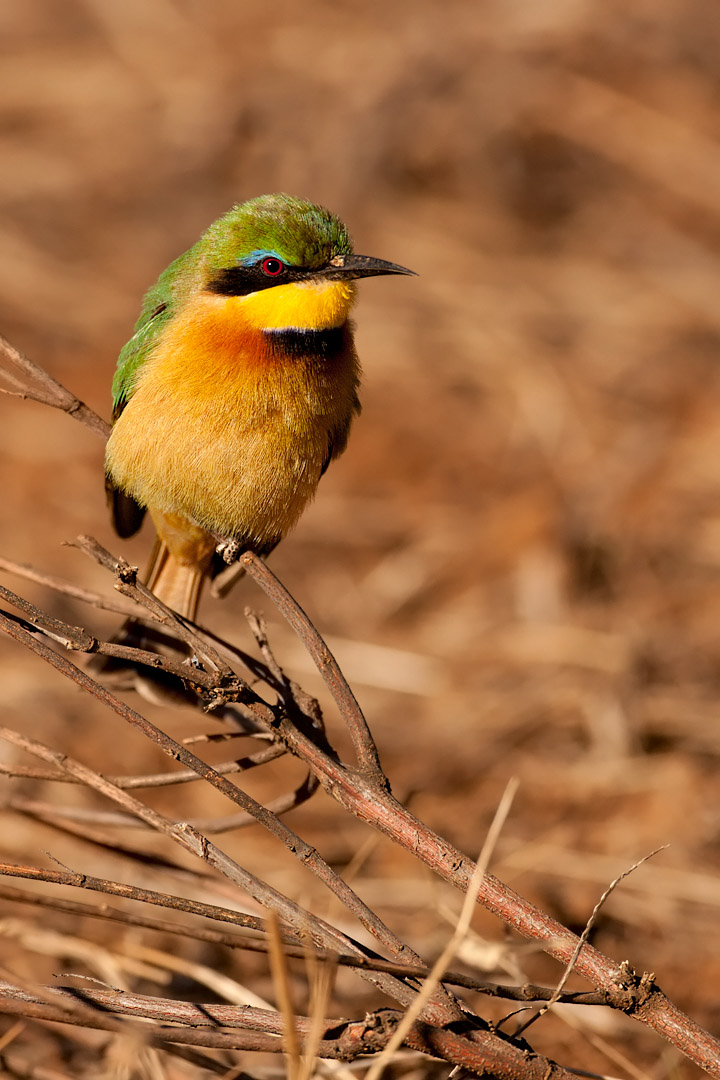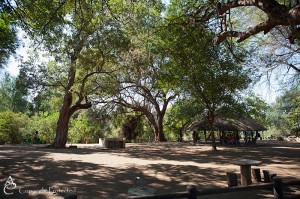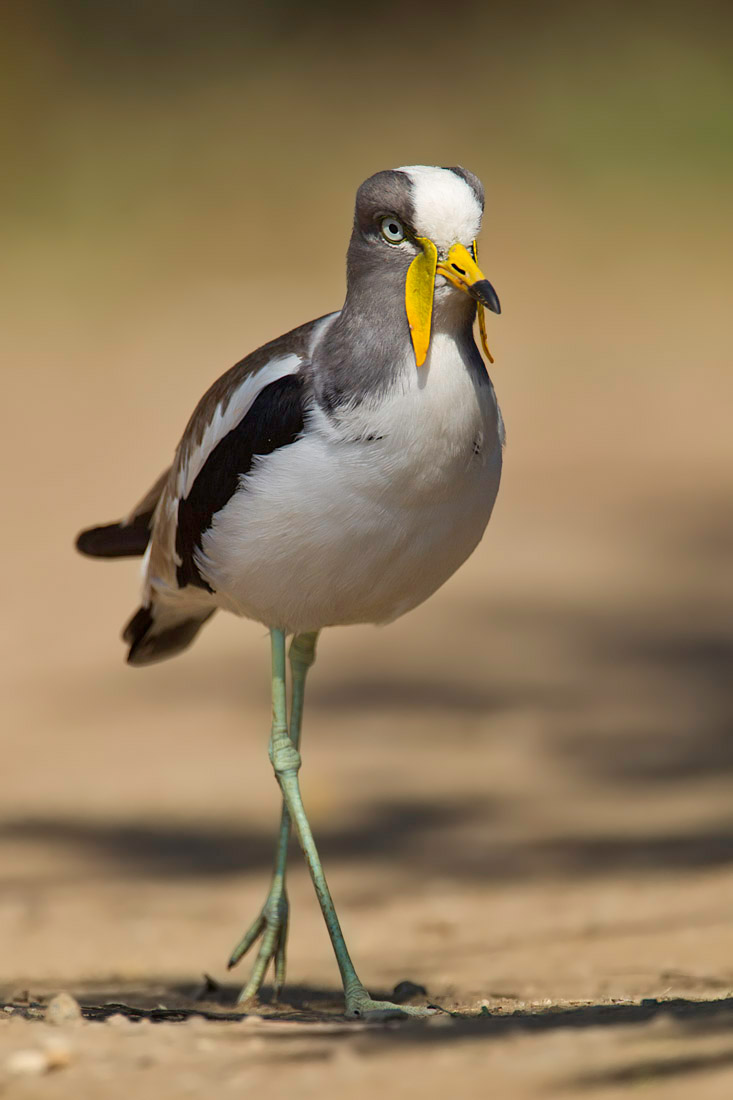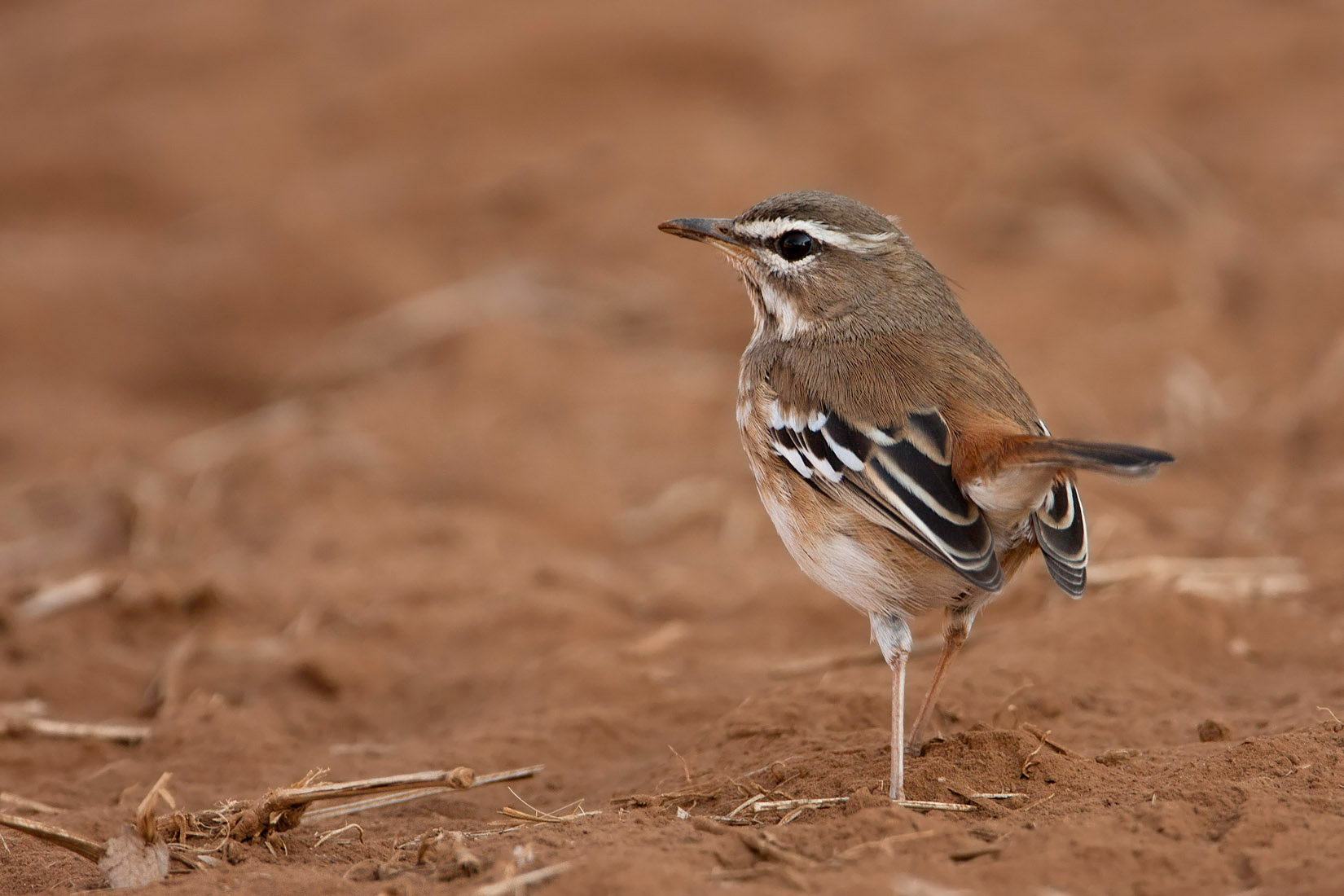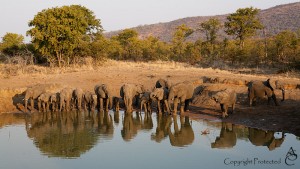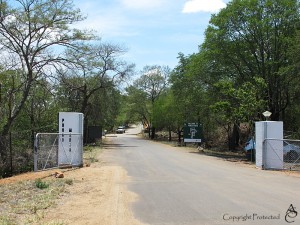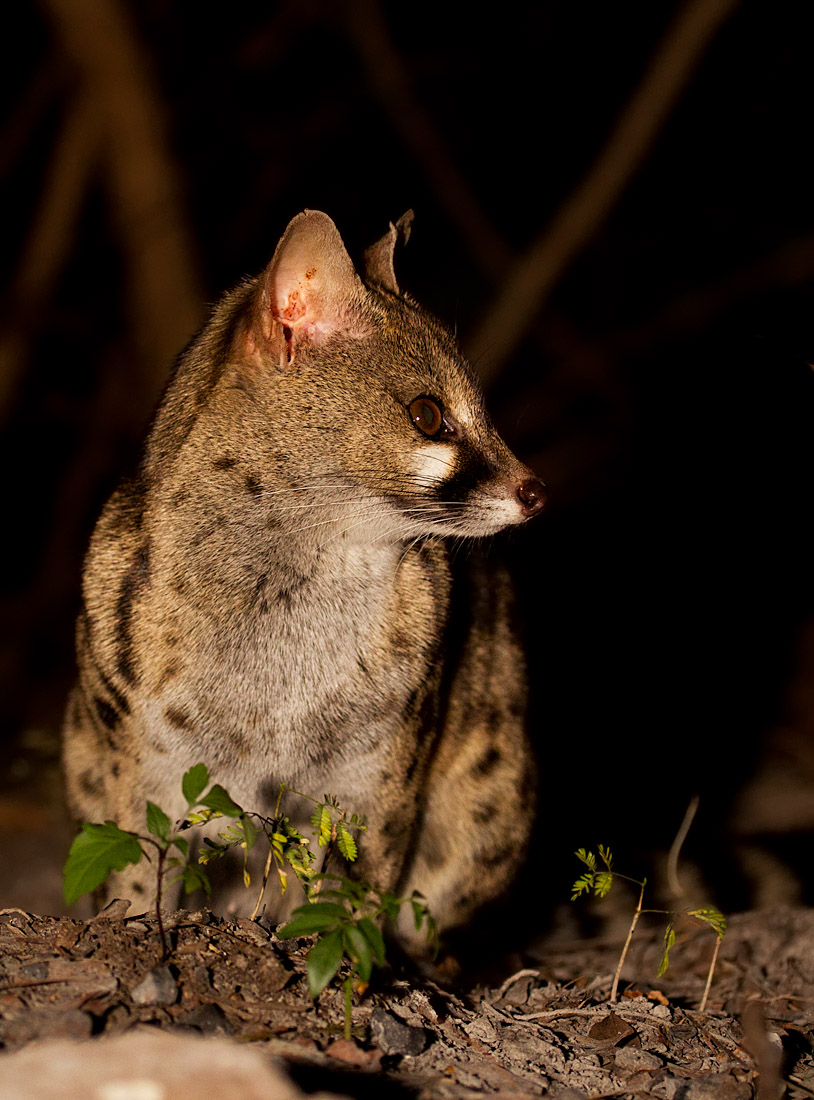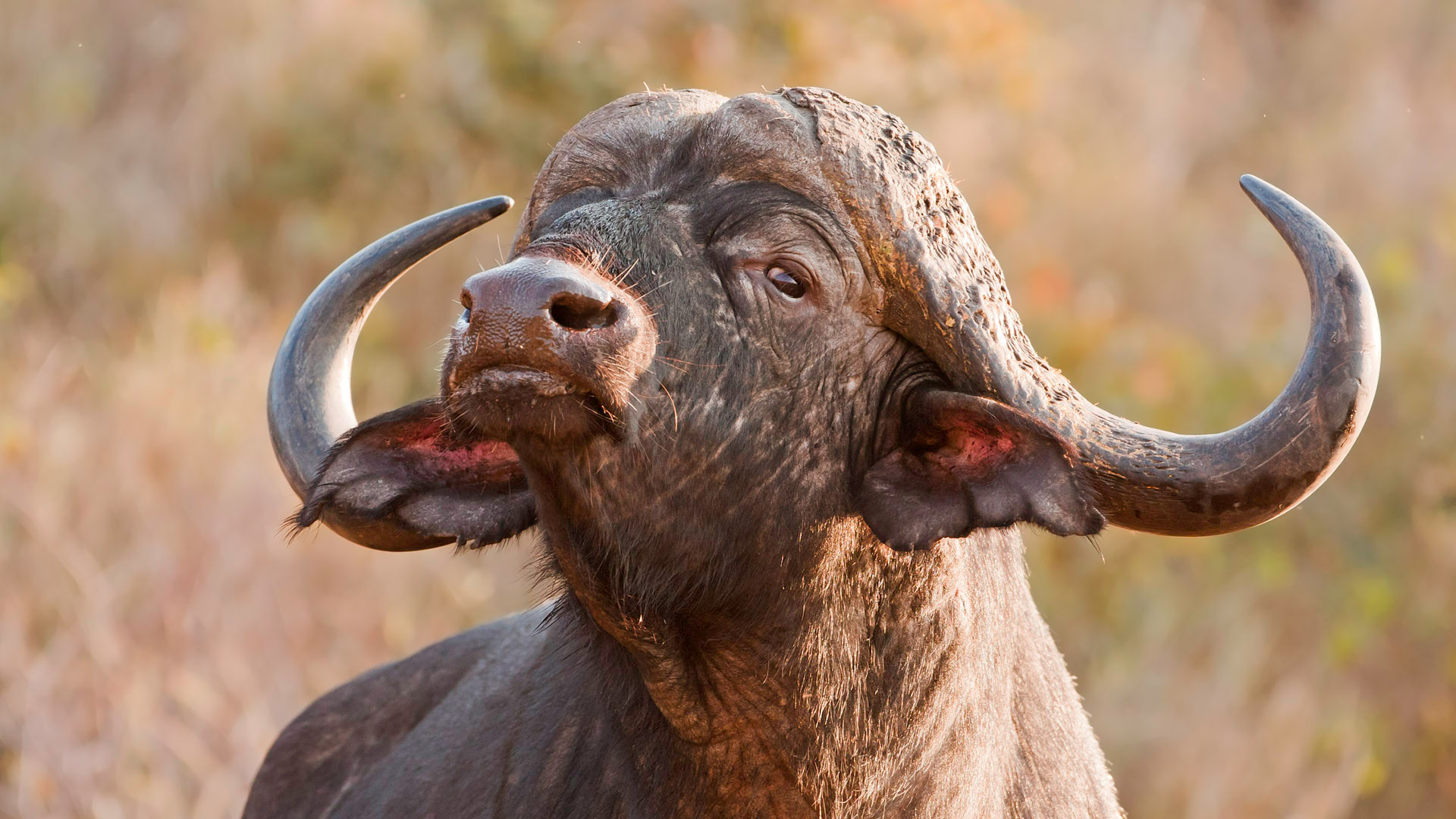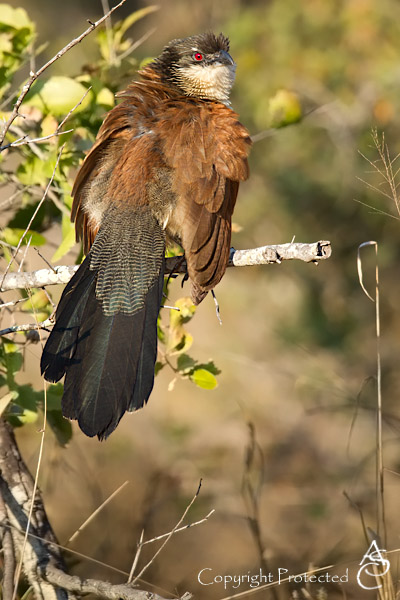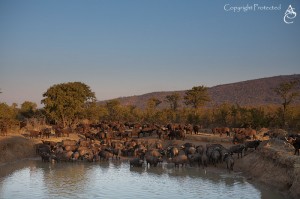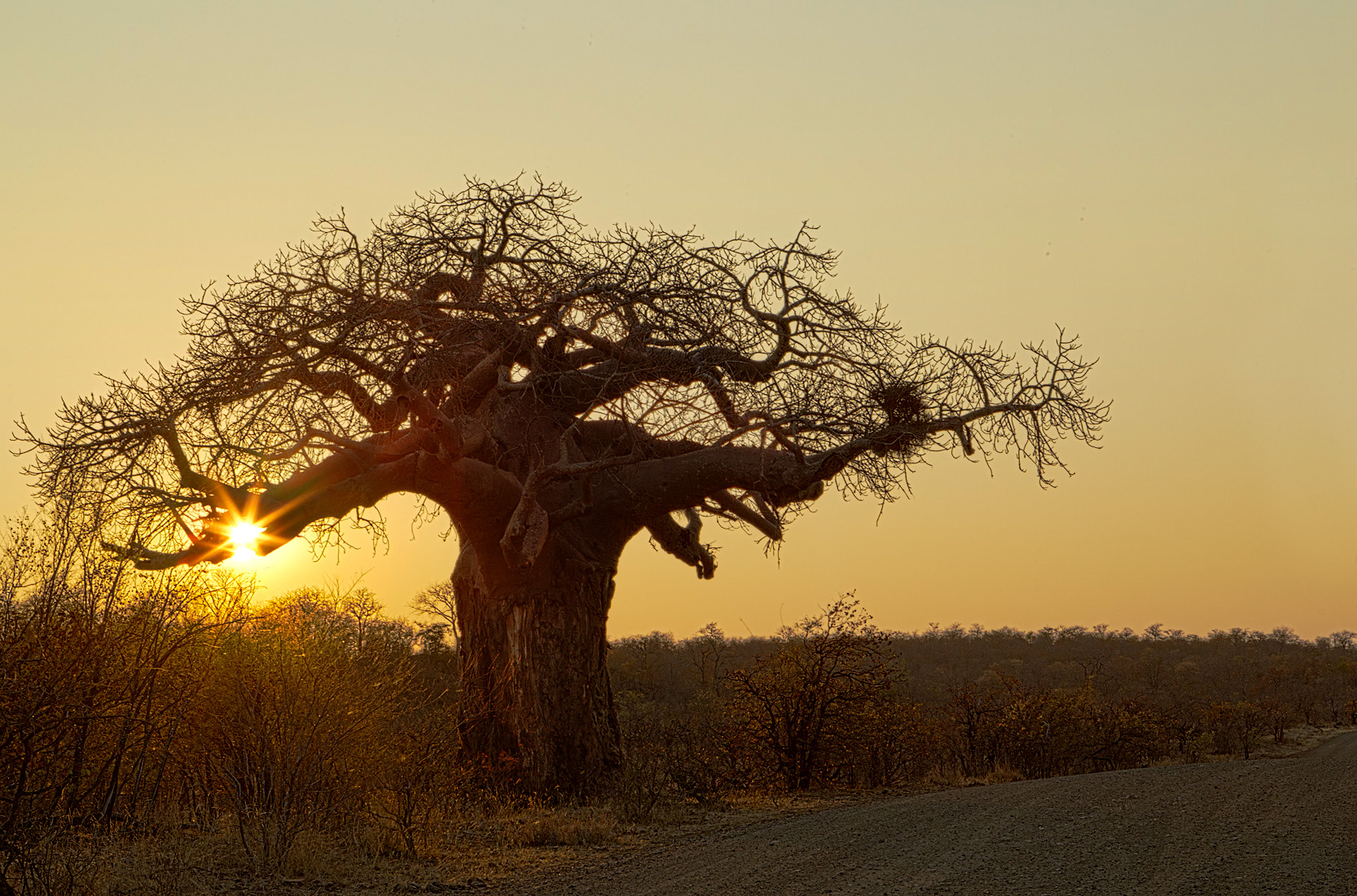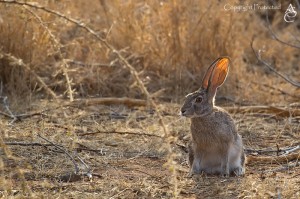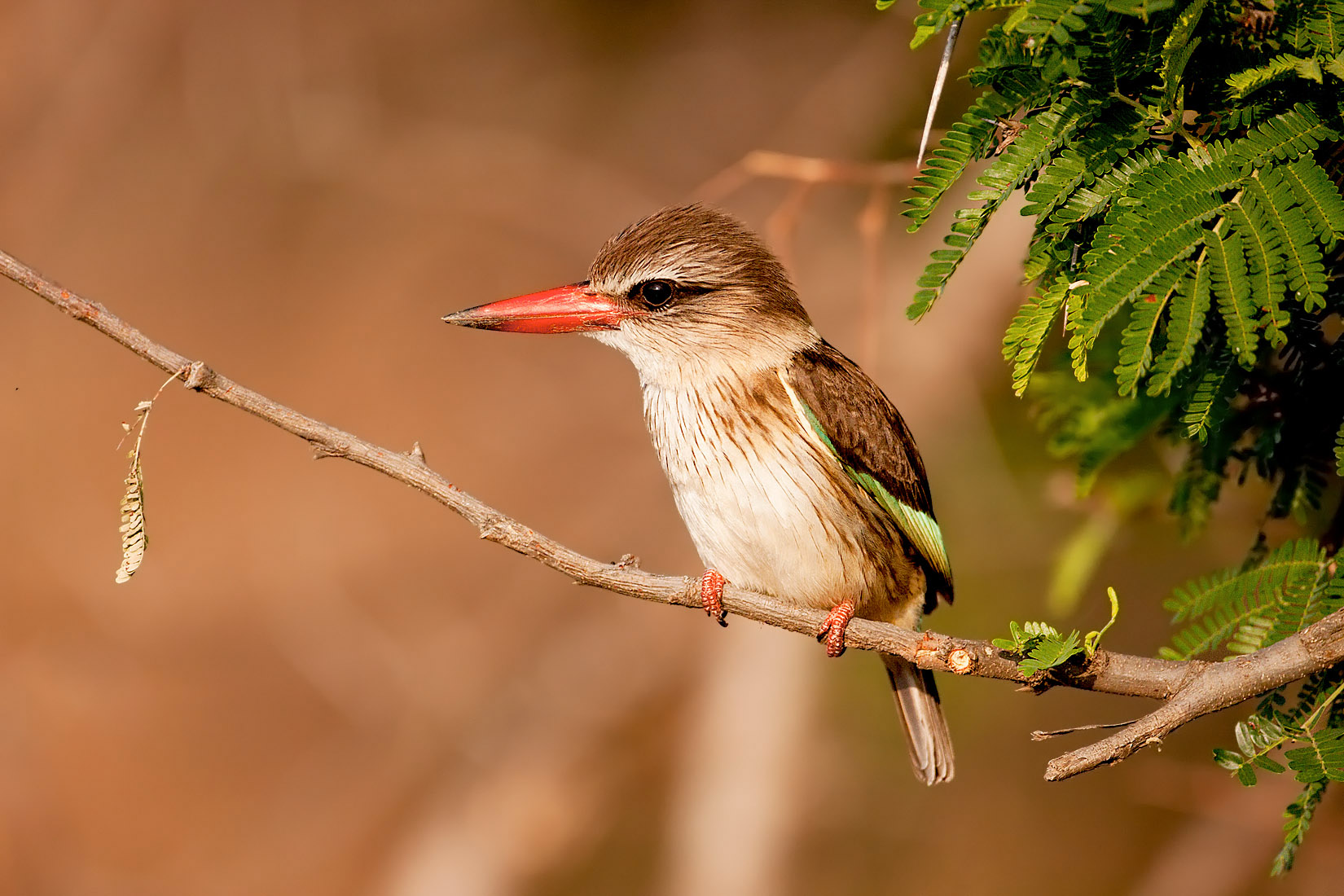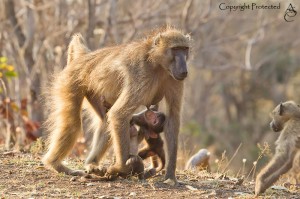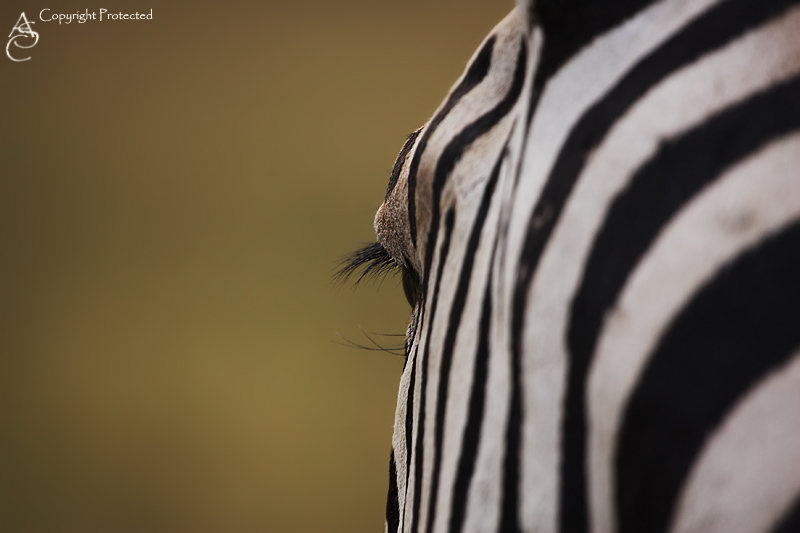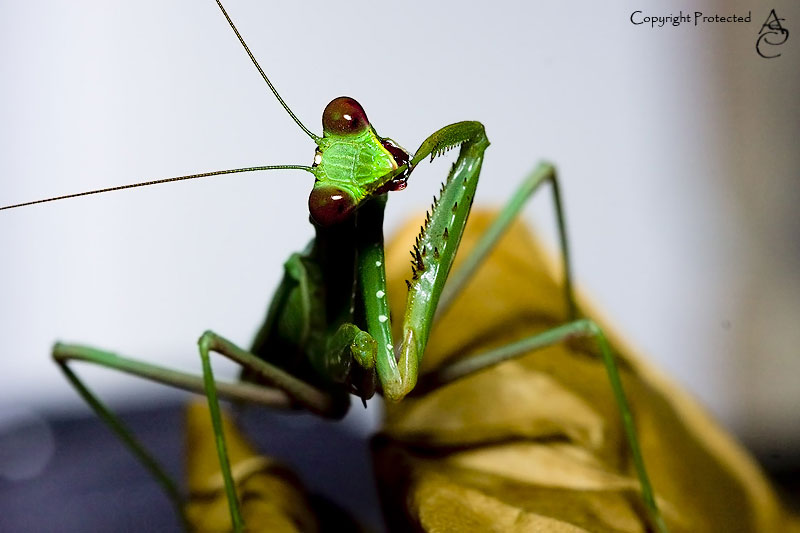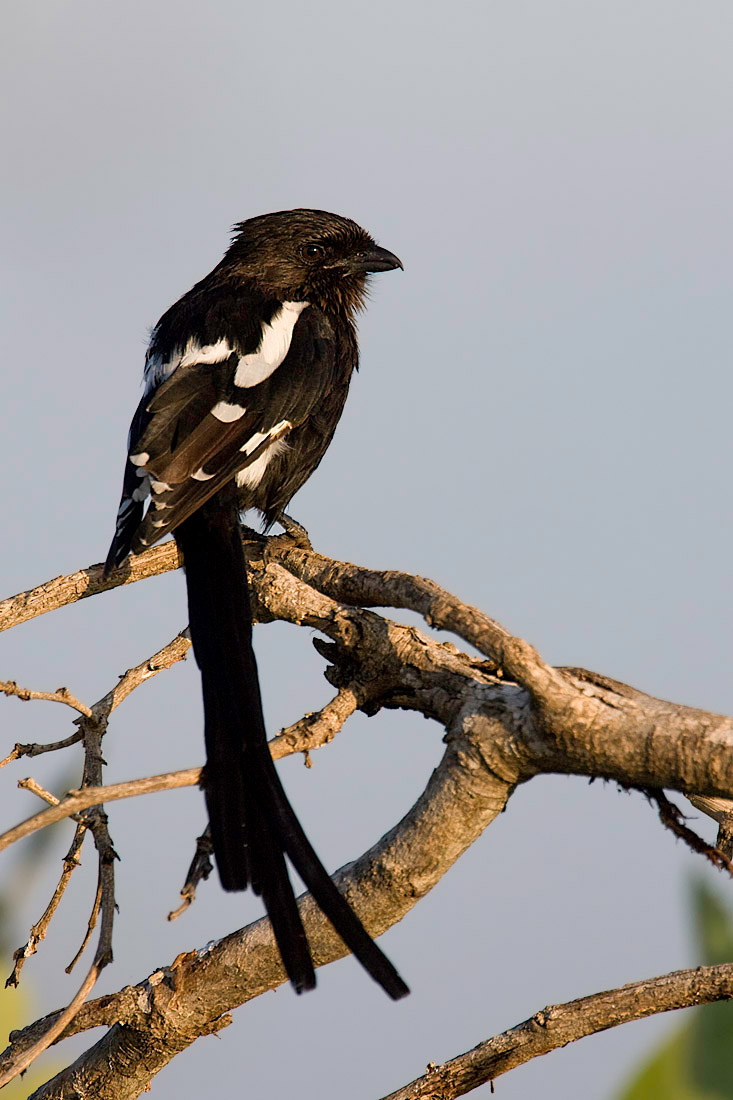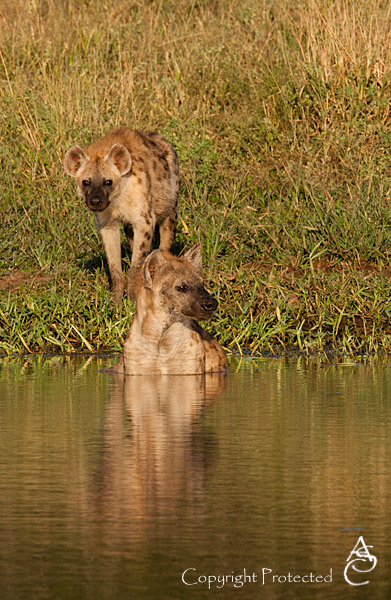We stayed in Shing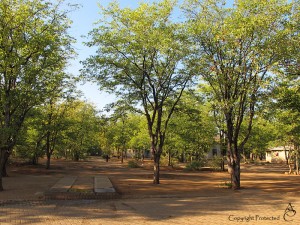 wedzi Rest Camp in the Kruger National Park from 27 April to 4 May 2012. Shingwedzi is a beautiful camp in the Northern region of the park, set among large trees on the bank of the Shingwedzi river. It was a trip made memorable by lions that roared all night, most nights, and a once-in-a-lifetime sighting of millions of migrating Red-billed Queleas.
wedzi Rest Camp in the Kruger National Park from 27 April to 4 May 2012. Shingwedzi is a beautiful camp in the Northern region of the park, set among large trees on the bank of the Shingwedzi river. It was a trip made memorable by lions that roared all night, most nights, and a once-in-a-lifetime sighting of millions of migrating Red-billed Queleas.
On the third morning, we managed to see, and get some shots of a mating pair of lions whose roars had been filling the previous nights.
Later that day, we discovered a secluded viewpoint over a waterhole on the S52. We waited there for a while, and was finally rewarded by a herd of buffalo. Feeling creative, I took a few shots with slow shutter-speeds, attempting to capture the chaotic movement of the magnificent beasts.
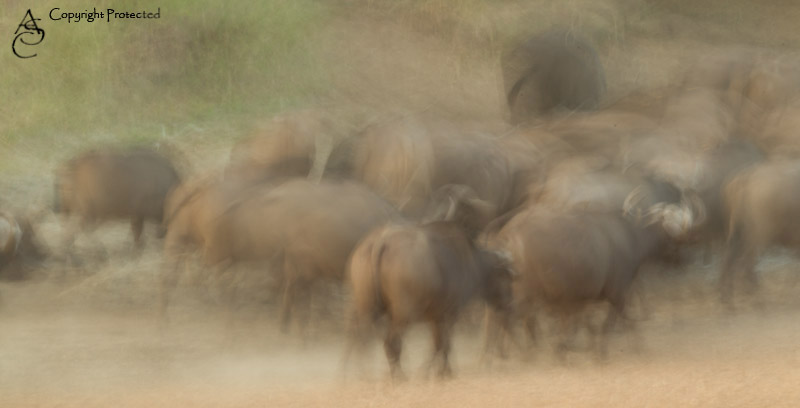 On 2 May, we decided to drive down to Mopani, to scout the camp for a future trip. We took the S50 gravel road instead of the tar road, and stumbled upon a once-in-a-lifetime sighting at the Grootvlei dam: Millions of Red-Billed Queleas, bathing in the dam and swarming around the valley under the dam wall. We sat on the dam wall for over an hour, trying to capture the overwhelming number of birds on both photo and video, and wondering how they manage to not fly into one another.
On 2 May, we decided to drive down to Mopani, to scout the camp for a future trip. We took the S50 gravel road instead of the tar road, and stumbled upon a once-in-a-lifetime sighting at the Grootvlei dam: Millions of Red-Billed Queleas, bathing in the dam and swarming around the valley under the dam wall. We sat on the dam wall for over an hour, trying to capture the overwhelming number of birds on both photo and video, and wondering how they manage to not fly into one another.

